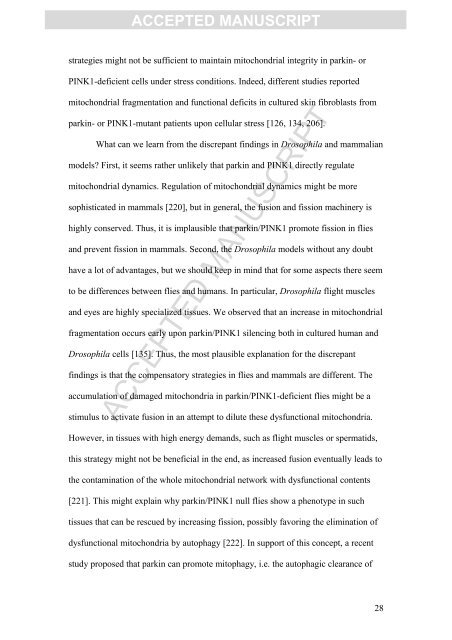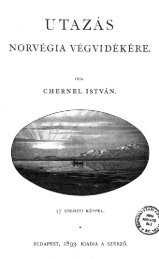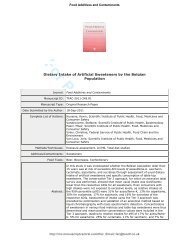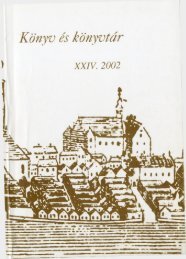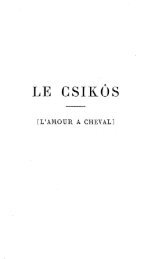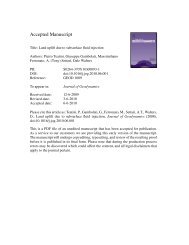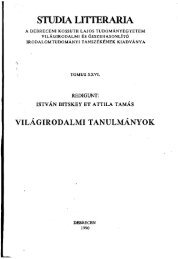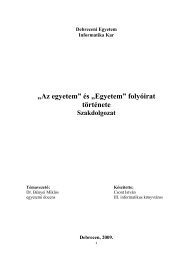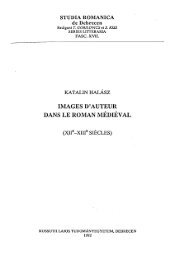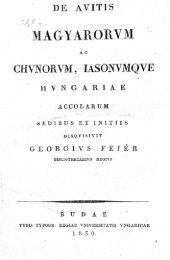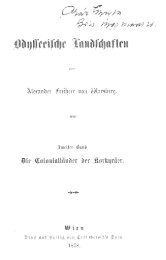accepted manuscript
accepted manuscript
accepted manuscript
You also want an ePaper? Increase the reach of your titles
YUMPU automatically turns print PDFs into web optimized ePapers that Google loves.
ACCEPTED MANUSCRIPT<br />
strategies might not be sufficient to maintain mitochondrial integrity in parkin- or<br />
PINK1-deficient cells under stress conditions. Indeed, different studies reported<br />
mitochondrial fragmentation and functional deficits in cultured skin fibroblasts from<br />
parkin- or PINK1-mutant patients upon cellular stress [126, 134, 206].<br />
What can we learn from the discrepant findings in Drosophila and mammalian<br />
models? First, it seems rather unlikely that parkin and PINK1 directly regulate<br />
mitochondrial dynamics. Regulation of mitochondrial dynamics might be more<br />
sophisticated in mammals [220], but in general, the fusion and fission machinery is<br />
highly conserved. Thus, it is implausible that parkin/PINK1 promote fission in flies<br />
and prevent fission in mammals. Second, the Drosophila models without any doubt<br />
have a lot of advantages, but we should keep in mind that for some aspects there seem<br />
to be differences between flies and humans. In particular, Drosophila flight muscles<br />
and eyes are highly specialized tissues. We observed that an increase in mitochondrial<br />
fragmentation occurs early upon parkin/PINK1 silencing both in cultured human and<br />
Drosophila cells [135]. Thus, the most plausible explanation for the discrepant<br />
findings is that the compensatory strategies in flies and mammals are different. The<br />
accumulation of damaged mitochondria in parkin/PINK1-deficient flies might be a<br />
ACCEPTED MANUSCRIPT<br />
stimulus to activate fusion in an attempt to dilute these dysfunctional mitochondria.<br />
However, in tissues with high energy demands, such as flight muscles or spermatids,<br />
this strategy might not be beneficial in the end, as increased fusion eventually leads to<br />
the contamination of the whole mitochondrial network with dysfunctional contents<br />
[221]. This might explain why parkin/PINK1 null flies show a phenotype in such<br />
tissues that can be rescued by increasing fission, possibly favoring the elimination of<br />
dysfunctional mitochondria by autophagy [222]. In support of this concept, a recent<br />
study proposed that parkin can promote mitophagy, i.e. the autophagic clearance of<br />
28


